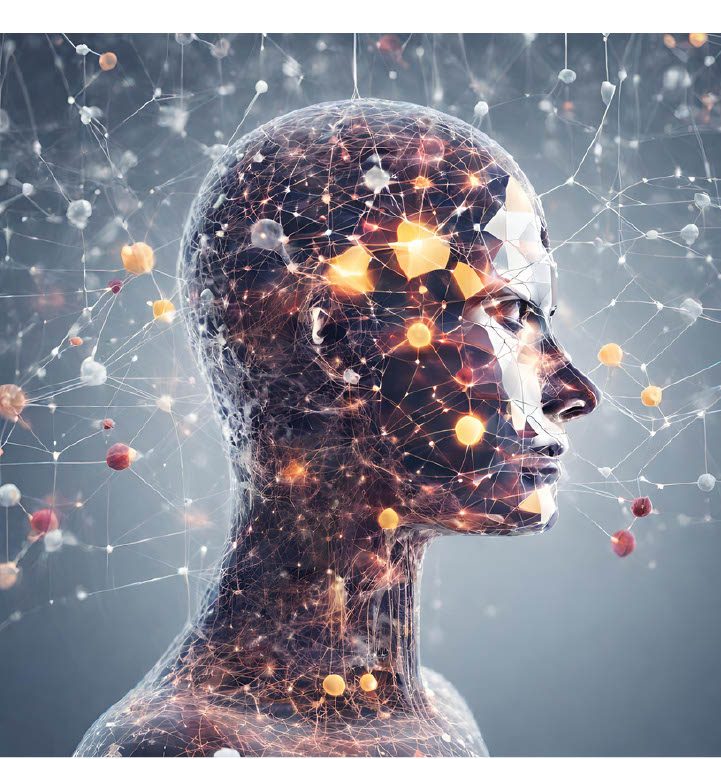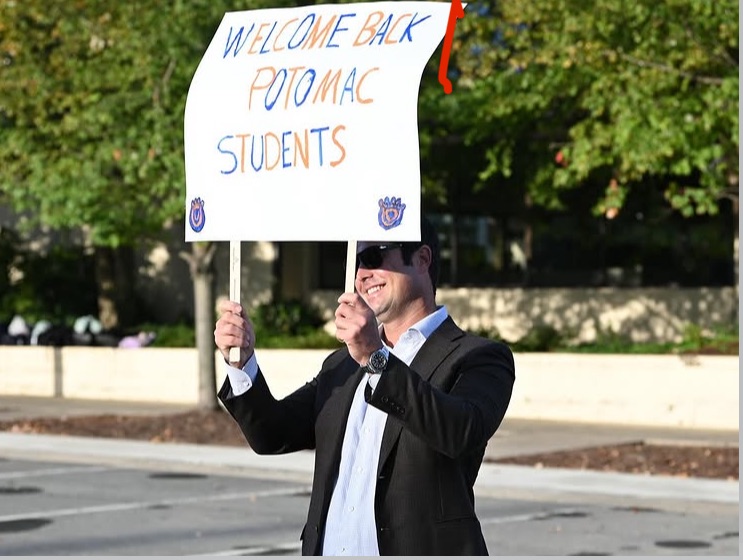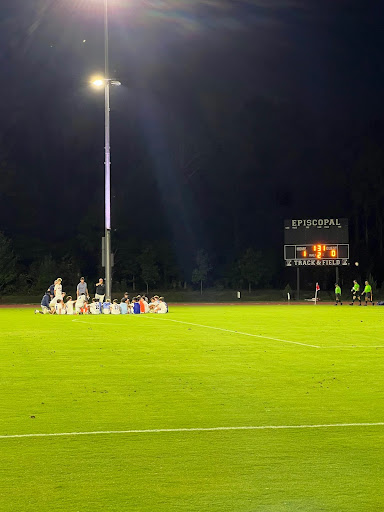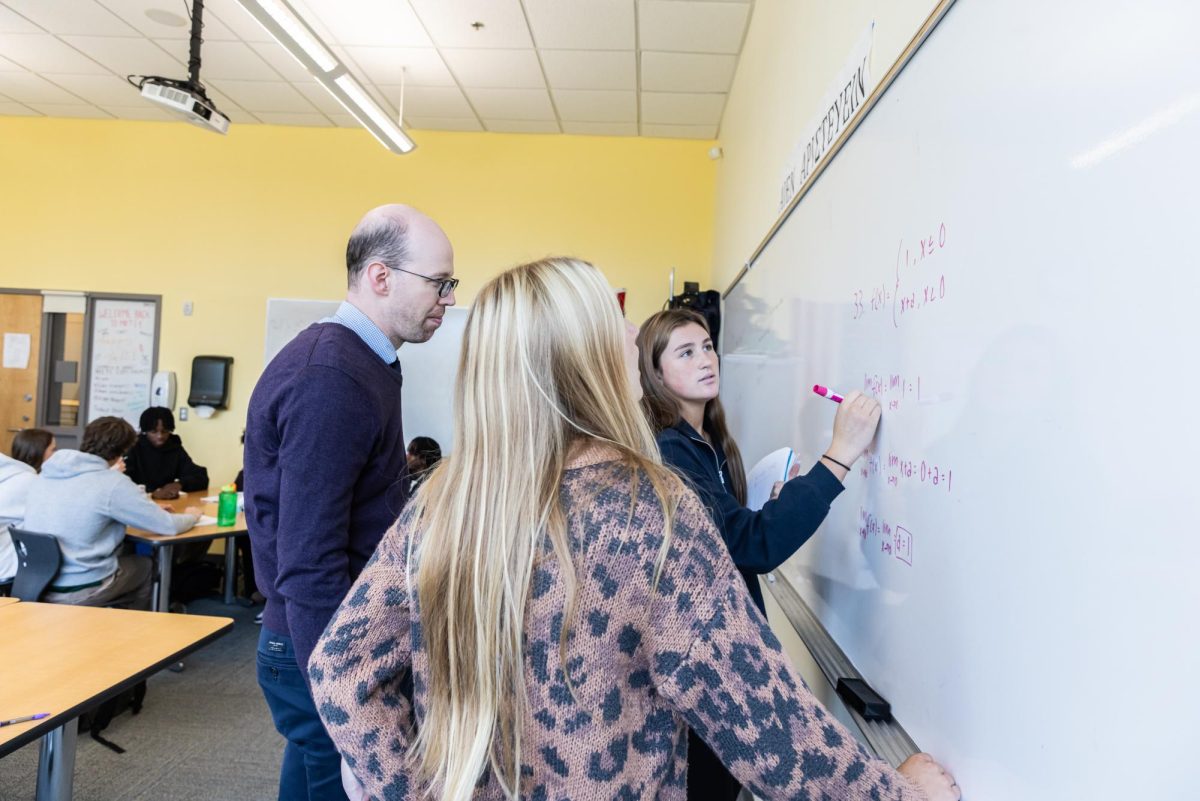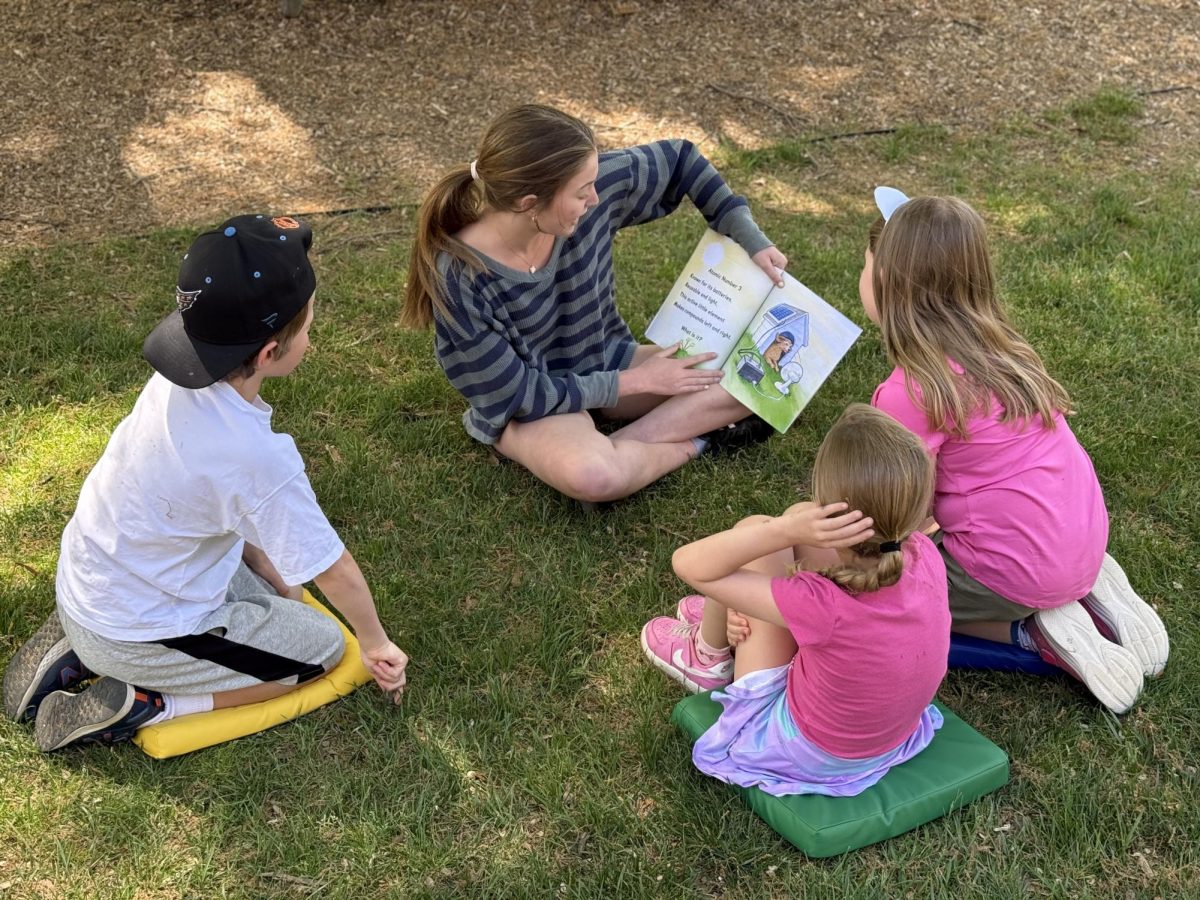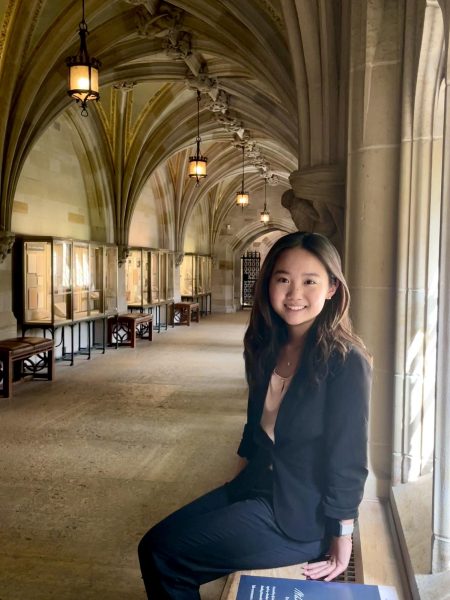In the past year, one of the most exciting developments in learning history has unfolded right before our eyes: the rise of generative AI. However, AI in the classroom has both promise and peril for teachers and students alike. While it has the potential to make education more accessible and personalized, teachers’ concerns around integrity, loss of interaction, and privacy cannot be overlooked. On the one hand, students need to learn about how to grasp this powerful tool. On the other hand, we risk losing the methodical human struggle and critical thinking that is crucial to learning and understanding. Are we ready to invite Generative AI into our Potomac classrooms?
I wanted to find out if adapting education around the use of AI could enhance learning. I interviewed our student body president and student AI committee leader Kasim Khapra ‘25. Kasim told us “We’re certainly for using generative AI. It enhances people’s learning, and it adds to and augments what we’re already doing in the classroom. So we don’t see it as a tool to take shortcuts in the classroom, but rather to use it to make better outcomes, to be better informed, and to have a better problem-solving process.”
That optimistic outlook, which was the dominant theme in an assembly with AI thought leaders, which Sami Krilla reported on in the most recent print edition of The Current, begs the question of what those uses are. How do we measure the benefits and drawbacks of particular uses of AI. Many in-school uses of AI involve generating research questions, making writing prompts, and planning out discussions. While these AI use cases can cut down work and school time by 20 to 30 percent, that efficiency comes at a cost. Many Potomac teachers are concerned about the side effects of AI asking the questions that are essential for learning. I sat down with Mr. McGrath, 9th Grade Dean and History teacher, to get his breakdown of this issue, “[AI’s] doing a lot of your thinking for you. My concern is: where does the kind of checklist, get-things-done approach that sometimes infuses itself with modern education end? Where does encouraging the curiosity of finding your own questions that you’re interested in begin?”
The first step to enhancing education with AI is to teach students how to ask the right questions without sacrificing critical thinking skills, according to Mr. Wicker, Upper School English teacher. He explained, “The skill is to learn and improve. When to use it and how to use it, which to me is investing, still investing as much in our own self as we are in this machine to not avoid doing work. That’s the skill. To not avoid thinking, to not avoid being human, but to use it responsibly and timely.” The same skills also apply to AI integration into the math world. As Mr. Lijoi, Math teacher and 7-12 Chair of Mathematics, said, “It would require a deliberate rethink of how we approach analysis. The question isn’t really about how good generative AI can be. It’s really about how we make sure that people are still learning effectively, not just taking in information. ”
Forbes wrote last June, “Already, we can see around the corner that generative AI systems will have expansive implications for how schools function, teachers work, and how students develop personally and professionally for tomorrow’s world of work.” If we learn how to use it now, that will be beneficial for the future. Potomac is just embarking on its AI journey, with numerous possibilities for integration ahead, but one thing is certain: it will profoundly transform our lives.
Editors note: 100% of this article was generated by human intelligence! (Not AI!)
Do you have thoughts to share on AI? If so, please fill out our short AI questionnaire!

